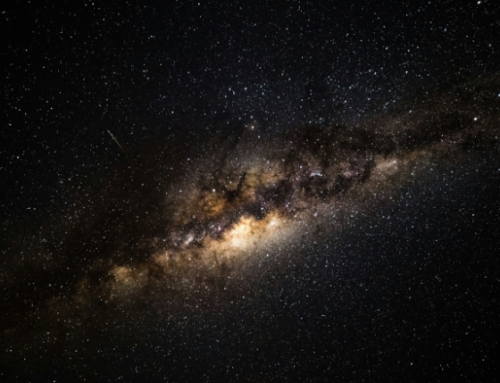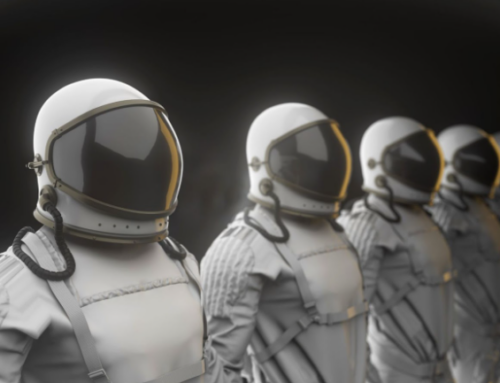The United States Astronaut Hall of Fame, situated within the Kennedy Space Center Visitor Complex Heroes and Legends Building, honors and celebrates the American astronauts who have ventured into space.
Conceived in the 1980s by the six then-surviving Mercury Seven astronauts, the Astronaut Hall of Fame is where U.S. space travelers are remembered for their remarkable contributions to space exploration. The Mercury Seven Foundation joined with the Astronaut Scholarship Foundation to play a leading role in today’s Hall of Fame operations. The establishment was then opened on October 29, 1990, by the U.S. Space Camp Foundation, the facility’s first owner.
Astronaut Hall of Fame Inductees
Inductees into the Astronaut Hall of Fame are selected by a blue-ribbon committee of former NASA officials and flight controllers, journalists, historians, and other authorities in the space sector (including former astronauts). They’re selected based on their achievements in space or their contributions to the advancement of space exploration. Other than for a closure in 2002, inductions have been held every year since 2001.
In 1990, the inaugural class consisted of the United States’ original group of Mercury Seven astronauts. While being the first American astronauts, they set several milestones in American spaceflight. Alan Shepard, the first American in space and later became one of the twelve astronauts to walk on the Moon, was included in the inaugural induction ceremony. John Glenn, known as the first American to orbit the Earth (and who later went on to become the oldest man to fly in space at age 77) was also honored in the Hall of Fame. Also inducted was Gus Grissom, the first American to fly in space twice and the commander of the ill-fated Apollo 1 mission, which resulted in the first astronaut death related to spaceflight preparation.
In the second class of 1993, thirteen astronauts from the Gemini and Apollo space programs were inducted. This group included the first and last humans to walk on the Moon. Neil Armstrong, Eugene Cernan, Ed White (the first American to walk in space), Jim Lovell and John Young (whose six space flights included command of the first Space Shuttle mission) were also amongst the honorees.
In 1997, the third class to be inducted consisted of the 24 additional Skylab, Apollo and ASTP astronauts. Notable members include Roger Chafee (the third astronaut killed in the Apollo 1 disaster), Jack Swigert and Fred Haise of the Apollo 13 space mission and Harrison Schmitt, the first scientist second-to-last person to walk on the Moon.
The philosophy behind the first three groups of inductees was that all the astronauts who flew in NASA’s early pioneering programs (including Mercury, Gemini, Apollo, Skylab and Apollo-Soyuz Test Project) would be included by virtue of their participation in a spacelight.
While the first group included the original Mercury astronauts (many who went on to fly in later programs), the second group of inductees included astronauts who began their space careers during Gemini. All of these astronauts would go on to fly in later space missions. Today, it’s not considered practical (or meaningful) to induct all astronauts who ever flew to space. Thus, all subsequent inductees of the Space Shuttle program and beyond are considered for induction based on their accomplishments and contribution to human spaceflight that sets them apart from other astronauts.
Today, over four dozen astronauts from the Space Shuttle program have been inducted since 2001. Among the inductees, Sally Ride (the first American woman in space), Story Musgrave (an astronaut who flew on six space missions in the 1980s and 1990s), along with Francis Scobee (commander of the final Challenger mission) have all been included in the Astronaut Hall of Fame. In spring 2021, Michael Lopez-Alegria, Pamela Melroy and Scott Kelly, all of whom flew on a combined ten missions to the Hubble Space Telescope and International Space Station, will be honored for their contributions as veteran NASA astronauts.
Learn more about the United States Astronaut Hall of Fame at the link.






